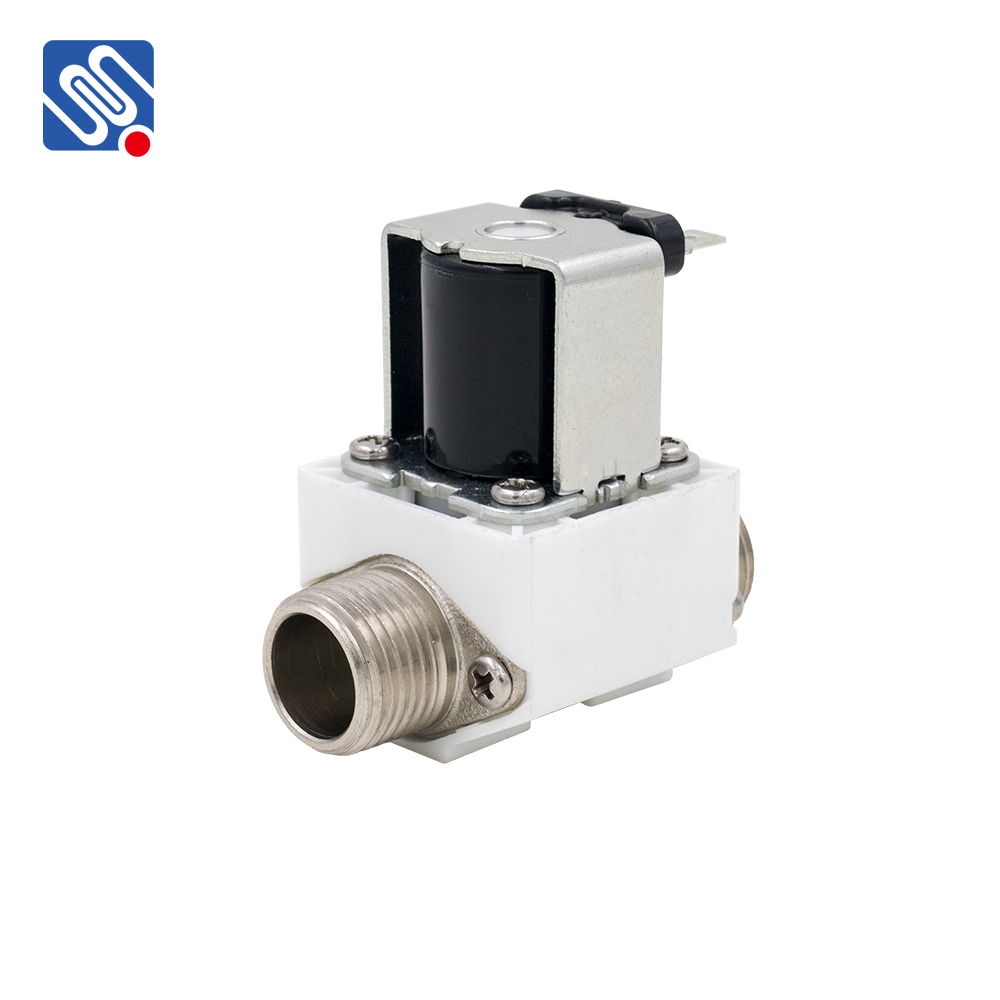high flow solenoid valve: revolutionizing fluid control in industrial applications
Release time:2025-10-22 03:26:50
High Flow Solenoid Valves have become an indispensable part of modern fluid control systems, particularly in industries that demand high-speed, high-volume operations. These valves are designed to control the flow of fluids (both gas and liquid) with significantly higher capacity than traditional solenoid valves. Their ability to handle large volumes of fluids in a short amount of time has made them a preferred choice in various sectors, including manufacturing, HVAC systems, automotive industries, and more. This article delves into the features, benefits, applications, and considerations for choosing a High Flow Solenoid Valve.

What is a High Flow Solenoid Valve?
A High Flow Solenoid Valve is a type of electromagnetic valve that regulates the flow of liquids and gases in a system by utilizing the magnetic field produced by a coil. Unlike standard solenoid valves, which are designed for lower flow rates, high flow solenoid valves are engineered to handle larger volumes of fluid. They open and close rapidly under electrical control, making them essential for fast-paced, high-volume applications.
The core mechanism of a high flow solenoid valve consists of a coil, a plunger, and a valve seat. When the coil is energized, it creates a magnetic field that pulls the plunger, opening the valve and allowing fluid to pass through. When de-energized, the plunger returns to its original position, closing the valve and stopping the flow of fluid.

